Falcon GT-HO Phase III Project begins
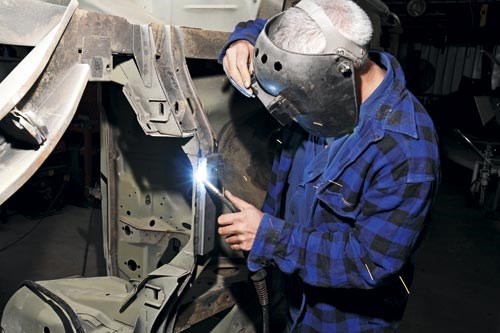 Falcon GT-HO Phase III Project begins
Falcon GT-HO Phase III Project begins

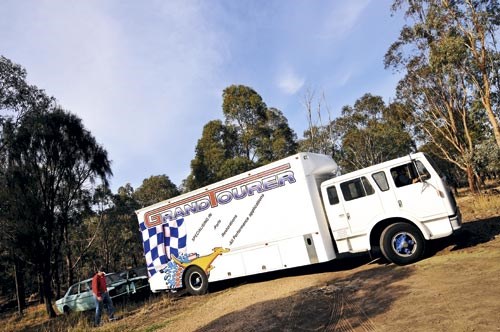 Falcon GT-HO Phase III Project begins
Falcon GT-HO Phase III Project begins

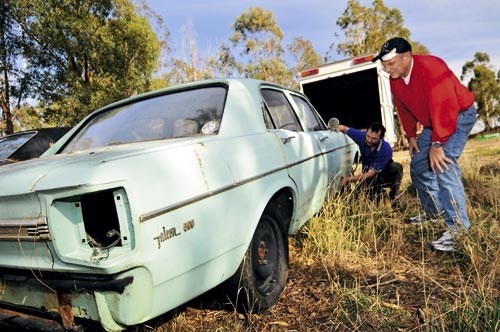 Falcon GT-HO Phase III Project begins
Falcon GT-HO Phase III Project begins

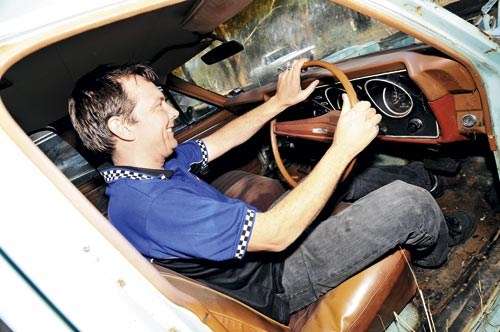 Falcon GT-HO Phase III Project begins
Falcon GT-HO Phase III Project begins

 Falcon GT-HO Phase III Project begins
Falcon GT-HO Phase III Project begins
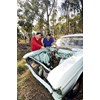
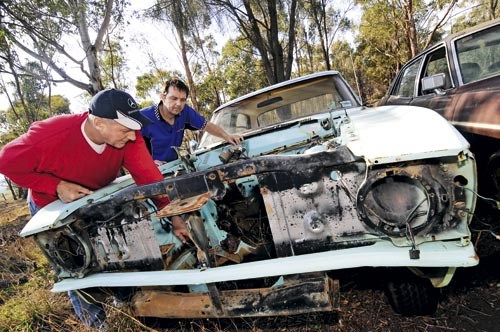 Falcon GT-HO Phase III Project begins
Falcon GT-HO Phase III Project begins

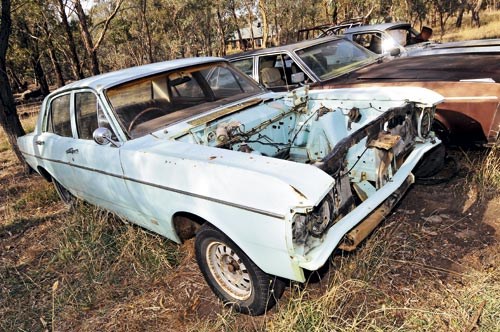 Falcon GT-HO Phase III Project begins
Falcon GT-HO Phase III Project begins

 Falcon GT-HO Phase III Project begins
Falcon GT-HO Phase III Project begins
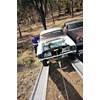
 Falcon GT-HO Phase III Project begins
Falcon GT-HO Phase III Project begins

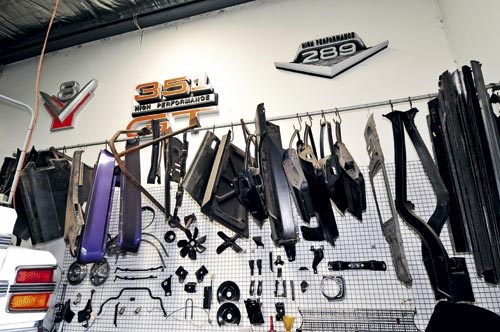 Falcon GT-HO Phase III Project begins
Falcon GT-HO Phase III Project begins

 Falcon GT-HO Phase III Project begins
Falcon GT-HO Phase III Project begins

 Falcon GT-HO Phase III Project begins
Falcon GT-HO Phase III Project begins

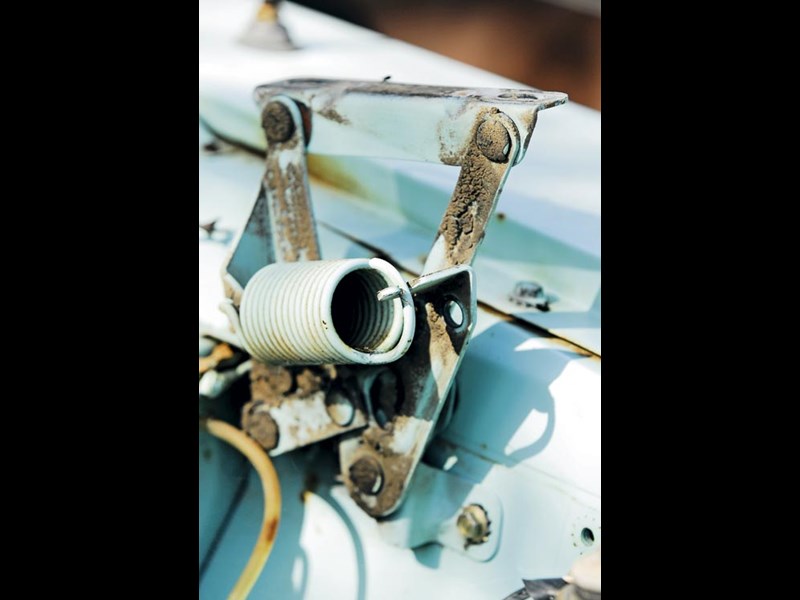 Falcon GT-HO Phase III Project begins
Falcon GT-HO Phase III Project begins

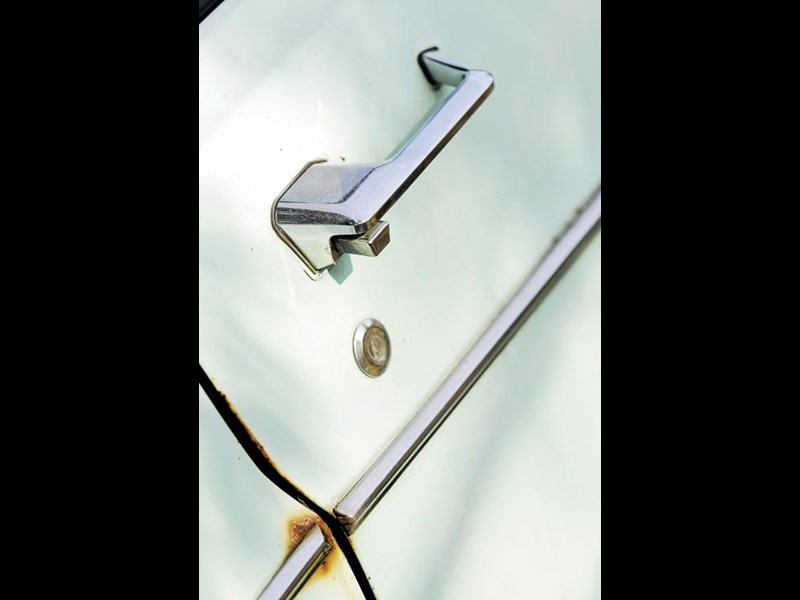 Falcon GT-HO Phase III Project begins
Falcon GT-HO Phase III Project begins


|
|
Falcon GT-HO Phase III Project begins
|

|
|
Falcon GT-HO Phase III Project begins
|

|
|
Falcon GT-HO Phase III Project begins
|

|
|
Falcon GT-HO Phase III Project begins
|

|
|
Falcon GT-HO Phase III Project begins
|

|
|
Falcon GT-HO Phase III Project begins
|

|
|
Falcon GT-HO Phase III Project begins
|

|
|
Falcon GT-HO Phase III Project begins
|

|
|
Falcon GT-HO Phase III Project begins
|

|
|
Falcon GT-HO Phase III Project begins
|

|
|
Falcon GT-HO Phase III Project begins
|

|
|
Falcon GT-HO Phase III Project begins
|

|
|
Falcon GT-HO Phase III Project begins
|

|
|
Falcon GT-HO Phase III Project begins
|
Project HO begins - Let's find a body

|
|
Project HO begins
|
Falcon GT-HO Phase III Project begins
You don’t need a million-dollar budget to own an all-time great, and we’re proving it by building our very own Phase III.
Ford’s mighty GT-HO Phase III is the stuff of legend. Any fair dinkum car nut would love to have one, and no-one with warm blood running in their veins would be mad enough to turn down a a few laps around the block or racetrack in one.
But they’re expensive, viciously so until the Aussie muscle car market bubble burst some months ago. At the market peak in 2007, asking prices for the slabby rumbling monsters were touching close to the $1 million mark, an incredible price for what was, after all, a basic family four-door with a factory hot-up job. And not a particularly sophisticated one at that!
Now we’re in a flat market, closer to $300,000 might get you a reasonable one, which is still a hell of a lot of money. Since that sort of number is way beyond the editorial budget (despite what some of our readers think!), we’ve decided to build our own. Oh, and if you lot pay attention for long enough, one of you will get to own it, for nix!
INSPRIED V8
So what’s all the fuss with HOs about? Ford’s decision to introduce a V8 option with its XR Falcon series of 1966 turned out to be inspired. The 289ci version, which borrowed heavily from the American parent for much of its content, soon rocketed to a staggering 20 percent of the model’s sales, boosting the company’s overall market share along the way. Clearly local buyers were ready for a main course of grunt in their motoring diets.
With the blessing of then Ford Australia Assistant General Manager Bill Bourke, a hotted-up version – the GT – was built. It had a warmed-over powerplant claiming 225 horses, a four-speed ’box, uprated suspension, Fairmont interior trim with American GT add-ons, plus a (for its day) lairy gold paint job. It was yours for $3890.
Falcon XR GTs dominated Bathurst in 1967 and took out Modern Motor magazine’s Best Sports Sedan award. The creation of the legend was well and truly under way.
Move on a couple of years and the birth of the HO series. The moniker stood for Handling Options and greatly understated what was really going on under the metal. Based on the XW GT, a prototype was built by Alan Moffat in his Toorak garage to specs developed by Ford’s Al Turner.
Included was a raft of engine upgrades for the 351 powerplant, including a lift in compression to a heady 11:1, plus surprisingly few external changes in the production version. Most obvious was a plastic chin spoiler of dubious aerodynamic value.
Built for Mount Panorama, it was a handful just about anywhere else and struggled in the big race. Just 260 were built initially in 1969, and a further 50 ‘Phase One-and-a-half’ hybrids followed.
HEADLINE MAKER
The Phase II debuted in 1970, its ‘Cleveland’ V8 revving 1000rpm higher than the earlier ‘Windsor’ and Ford claimed a solid 300 horses. Ford breathed a massive sigh of relief when Moffat brought home the laurels from Bathurst that year, despite facing serious challenges from the lighter six-packs of Holden’s XU1 and Chrysler’s Valiant Pacer. This generation also set the HO production record, at over 600 units.
While this was never the plan, the Phase III turned out to be the ultimate HO, thanks to the Phase IV being killed off by an infamous newspaper story – and the subsequent debate – about makers building presumably dangerous race cars for the road.
Progress for the Phase III was evolutionary rather than radical, with an emphasis on reliability. The engine mods alone make quite a list: reworked crank bearings, harmonic balancer, heads, pushrods, valves and springs, plus much of the charging system.
Add in greater cooling capacity, extractors and distributor for a package that the makers claimed made ‘only’ 300 horses but cognoscenti reckon was closer to 380.
For collectors, the big visual turn-on is the ‘shaker’ air cleaner cover poking through the bonnet. It’s a not too subtle way of saying "there be dragons".
With a 145mph (234km/h) top speed, it was a serious bit of kit, claiming the crown of fastest four-door in the world.
That laurel, plus the one earned by Moffat and co-driver John French with their dominant win at Bathurst that year, set the scene for the Phase III to become one of the ultimate trophies for the serious collector of Aussie metal.
DIY HO
Okay, so a real HO-ey is out of our reach. We asked Neil Thompson of Grand Tourer Restorations in Melbourne, what the difference is between the real thing and a replica built by his company?
"One’s got the right ID plate and the other hasn’t," is his blunt assessment. Neil also suggests an original Phase III, properly restored by his company, would be worth $700,000, which makes it a gold-plated investment.
Far less challenging for the hip pocket is a nut and bolt replica, correct in every detail except for the crucial ID plate.
How much? "$130,000," says Thompson. "It may not be the real thing, but there is a big saving and you know it’s been built right, down to the last detail." Sounds good to us.
Of course, the catch is you need a car to start with. XY Falcons are now getting very long in the tooth and finding a good one at reasonable money can be a challenge.
As our search began, Neil’s in-house body bloke, Mick, warned that he’d worked on units that required a staggering 550 hours of panel work to put right. That meant getting something cheap and nasty was simply false economy.
Thompson, fortunately, came to the rescue. He was able to put us on to a neat ‘paddock’ find: a sound 1971 Falcon 500 – originally a six-pot – that would be the ideal base for our project.
ONE-STOP SHOP
Getting it from a paddock ornament to a show-stopping HO replica is, to put it mildly, a hair raising task for anyone mad or brave enough to tackle it themselves. Particularly with a car like the Phase III, as there are many details that can make the difference between a faithful replica and an also-ran.
For example, there are numerous underpinnings unique to the HO, which an expert will spot immediately.
And that’s why we’re content to leave the car with Grand Tourer. For a start, it makes the job their problem. More importantly, they can project manage the entire task, to the right specs, and present us with a turn-key end product.
Because the car is being custom-made for us, it’s sorely tempting to go over the top when it comes to specification. After some debate, the decision has been made to keep it as close as possible to the original, with a target engine output nudging 400 horses. And the colour? Vermillion Fire, of course. After all, everyone knows red cars are faster…
COULD BE YOURS!
We’ll be following Project HO’s build over the next four months, after which the plan is to launch a competition to give it away in 2010. Don’t miss next issue as we beadblast the body and get to work…
Unique Cars magazine Value Guides
Sell your car for free right here
Get your monthly fix of news, reviews and stories on the greatest cars and minds in the automotive world.
Subscribe

.jpg)








.png)



